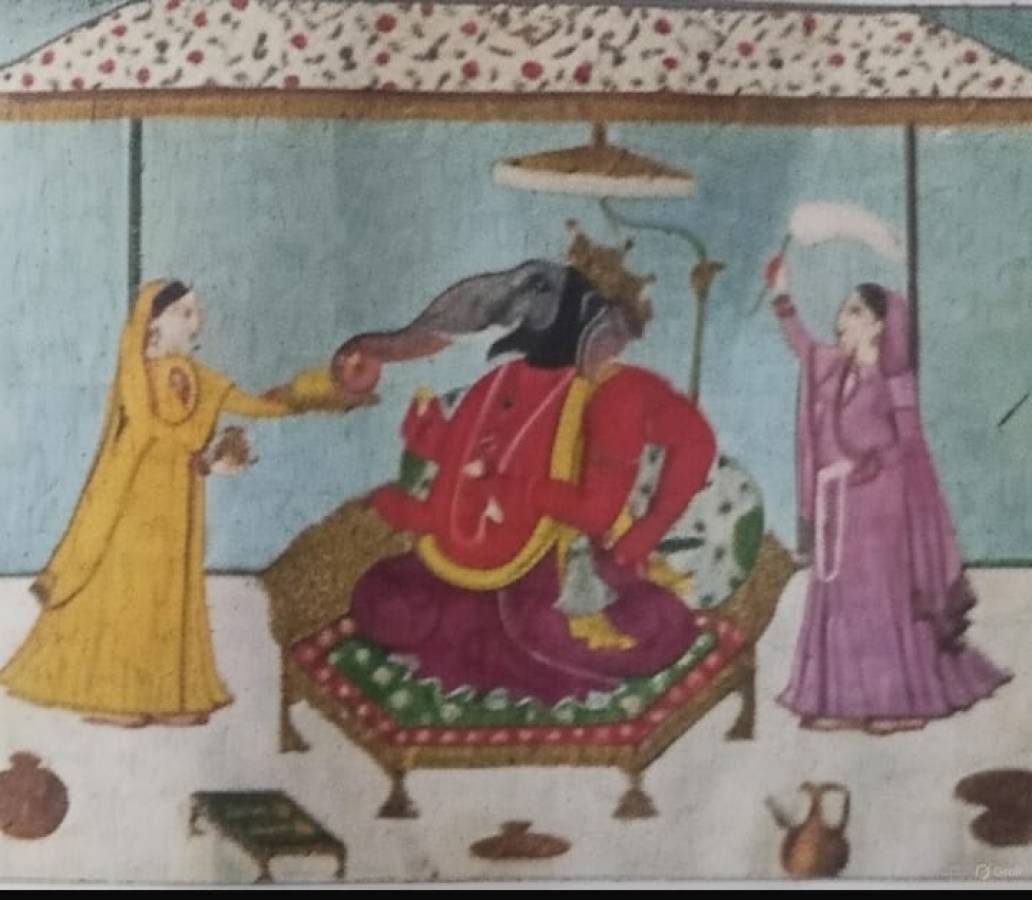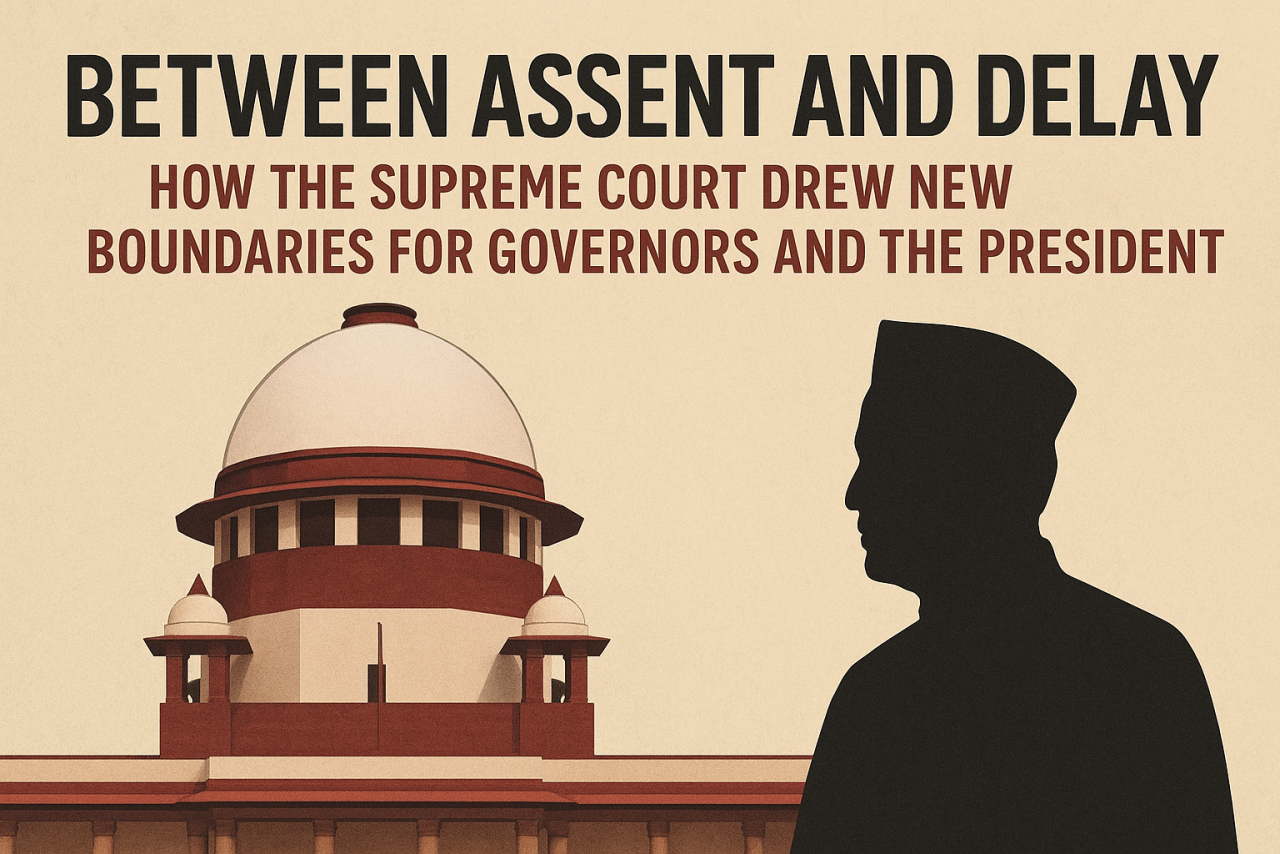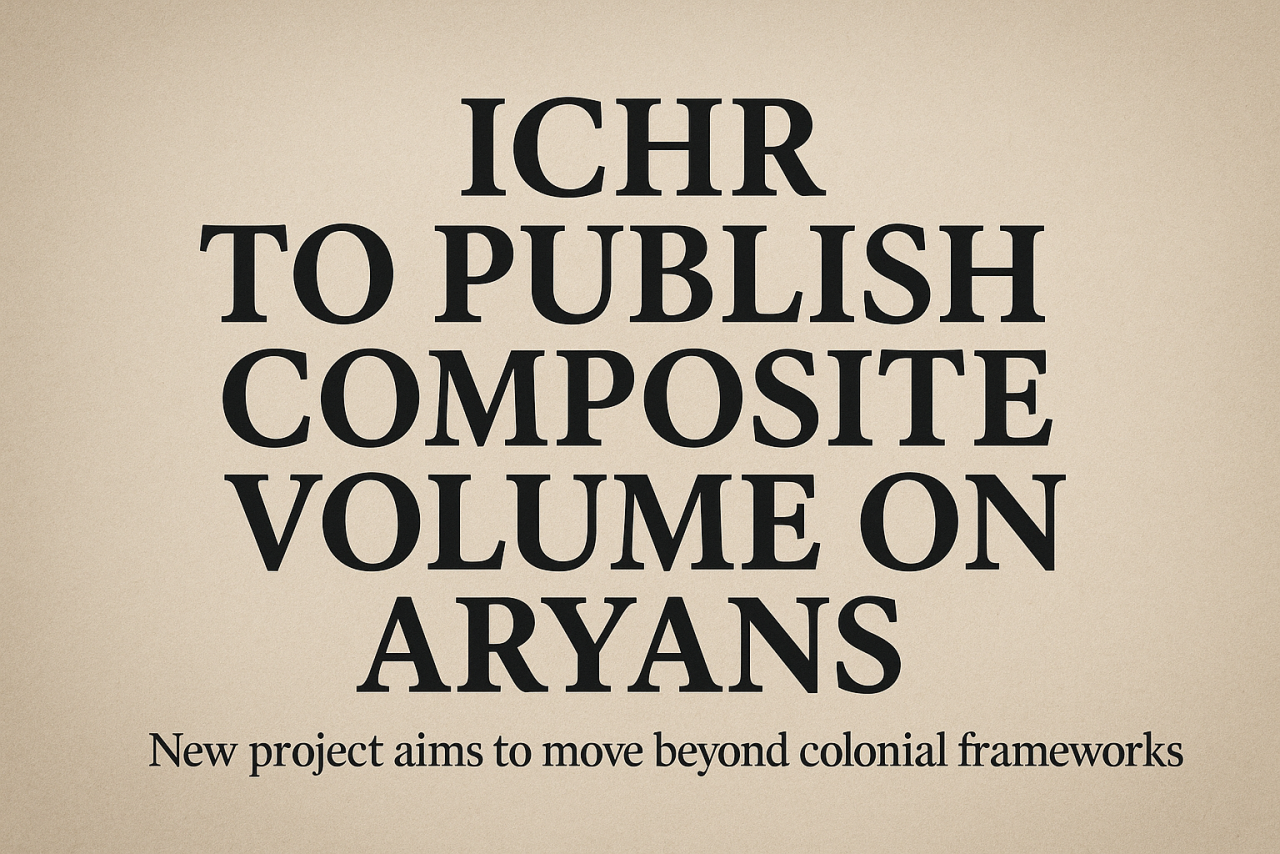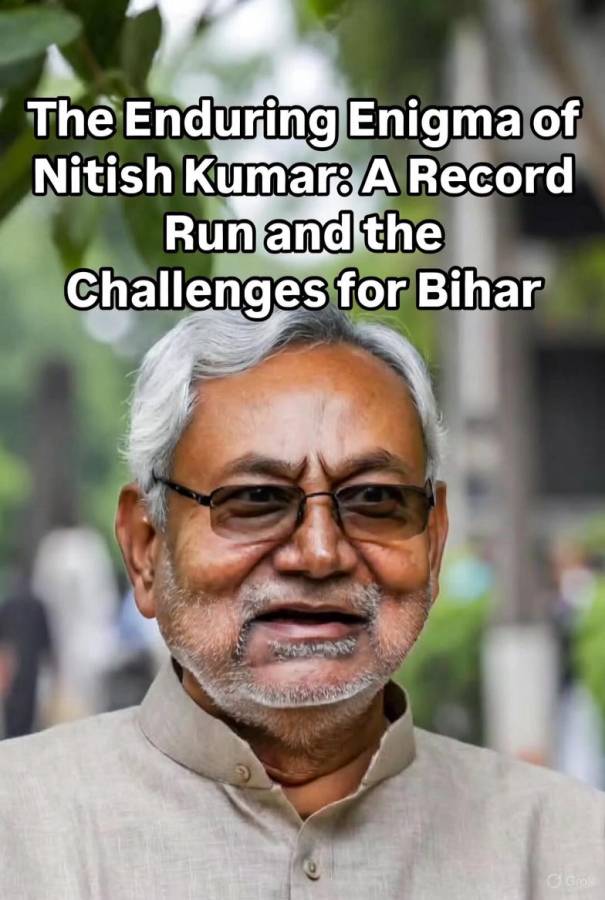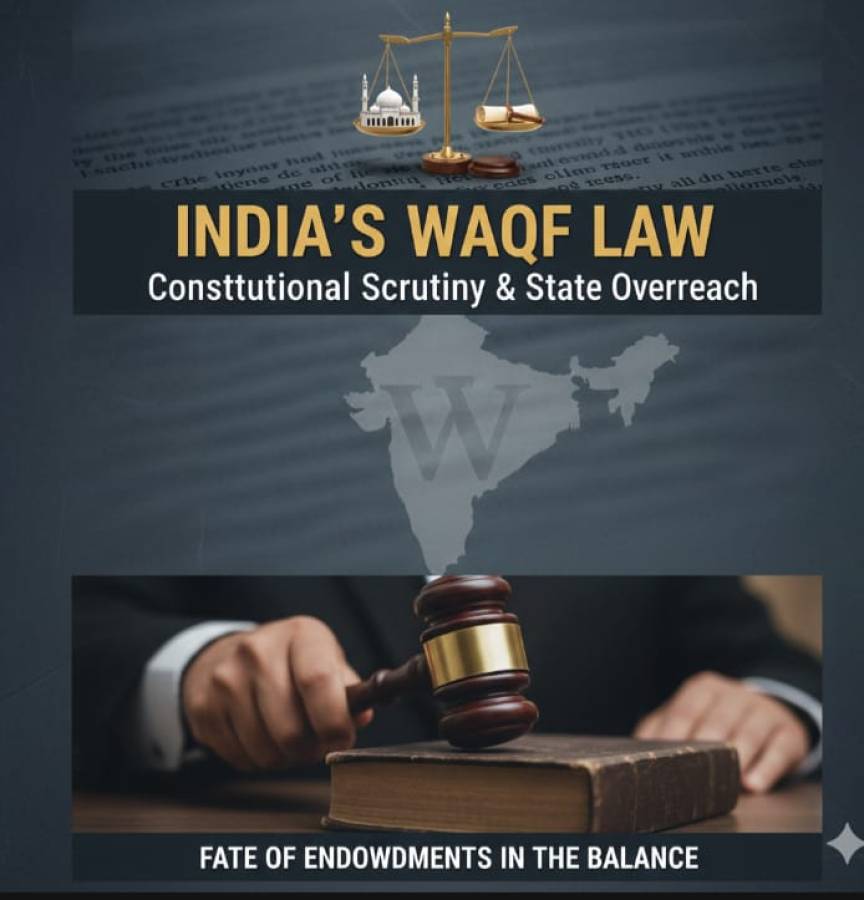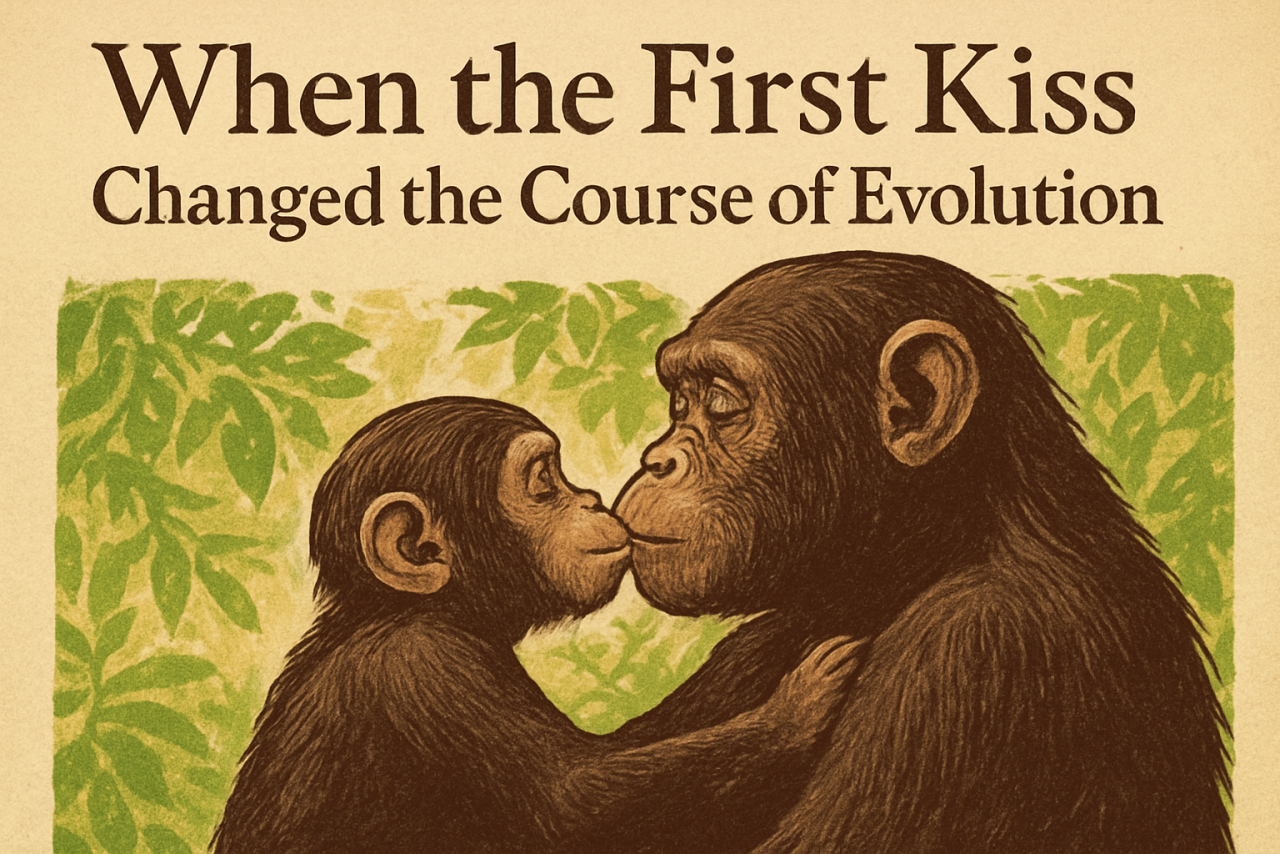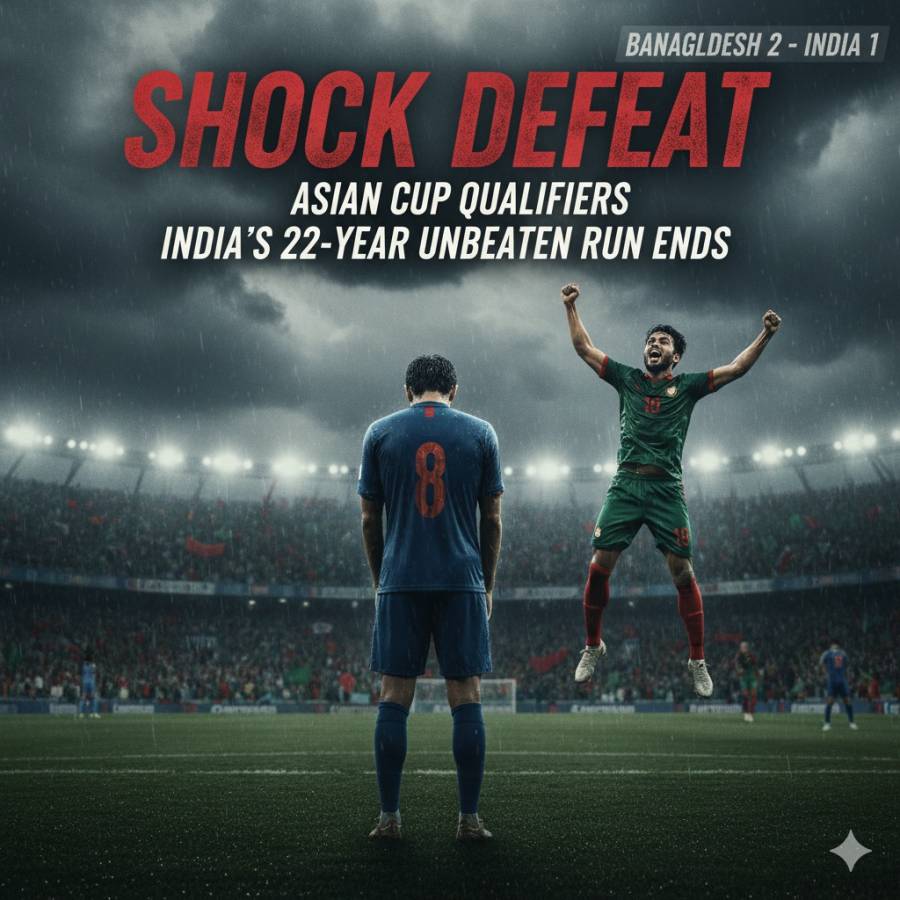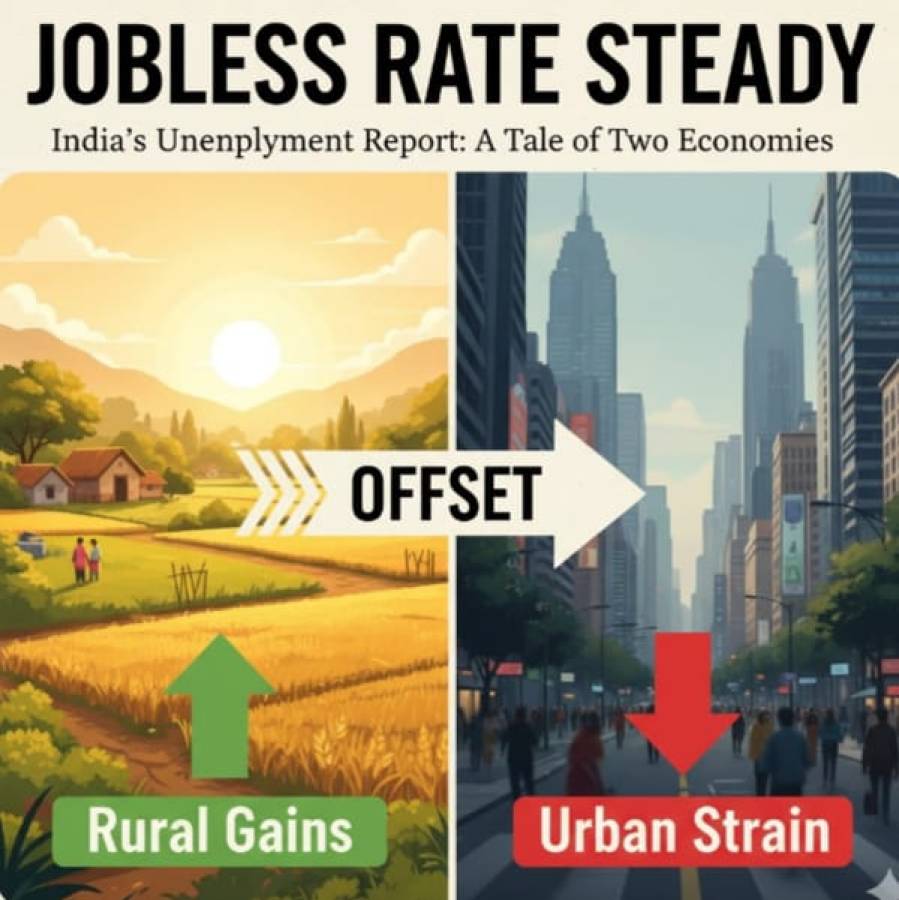
The Swedish Academy in Stockholm has announced that the 2025 Nobel Prize in Literature has been awarded to Hungarian novelist László Krasznahorkai for “his compelling and visionary oeuvre that, in the midst of apocalyptic terror, reaffirms the power of art.”
At seventy-one, Krasznahorkai stands as one of Europe’s most enigmatic literary voices—an author whose sentences stretch like labyrinths and whose imagination thrives on ruin. Described by the late Susan Sontag as “the contemporary master of the apocalypse,” he becomes the second Hungarian writer to win the Nobel, following Imre Kertész in 2002.
A Visionary of Absurdism and Grotesque Excess
The Swedish Academy praised Krasznahorkai for carrying forward the Central European literary lineage that stretches from Franz Kafka to Thomas Bernhard, defined by absurdism, moral paralysis, and grotesque excess. His novels often unfold in desolate landscapes where humanity grapples with decay, belief, and the futile search for order.
What makes his style so distinctive is not only the darkness of his vision but the sheer momentum of his prose. His sentences can span entire pages, circling ideas with hypnotic precision. In one of his novels, a sprawling saga of an aristocratic family, the text unfolds in just a few paragraphs—with a single period at the very end. It is a form of artistic obsession he once described as “reality examined to the point of madness.”
This relentless syntax, both suffocating and liberating, traps readers in a kind of moral vertigo—a world where the apocalypse feels less like an event and more like a permanent human condition.
From a Small Town to Literary Immortality
Born in 1954 in Gyula, a quiet town near Hungary’s southeastern border, Krasznahorkai began his career as a writer far from the centers of global literary fame. His breakthrough came in 1985 with Sátántangó (Satantango), a bleak, mesmerizing novel set in a collapsing collective farm where villagers cling to illusions of salvation.
The novel became an instant literary sensation in Hungary and later achieved global recognition through its monumental film adaptation by Béla Tarr, Krasznahorkai’s long-time collaborator. The seven-hour, black-and-white adaptation of Sátántangó turned the author’s meditative prose into a cinematic ritual of despair and endurance. Tarr would go on to adapt other works, including The Melancholy of Resistance, further expanding the reach of Krasznahorkai’s apocalyptic vision.
Through these collaborations, the Hungarian writer’s world—grim, slow, yet astonishingly beautiful—transcended the printed page and entered global consciousness.
The Power of Art Amid Chaos
Across his body of work, Krasznahorkai has depicted the human struggle against moral entropy and spiritual collapse. His characters—an archivist, a wanderer, a failed prophet—move through worlds unraveling under their own weight. Yet, as the Nobel citation emphasizes, his fiction never succumbs to nihilism. Amid the decay, there is always a persistent faith in the power of creation itself.
In his later works, especially Seiobo There Below, Krasznahorkai’s attention shifts eastward, toward China and Japan, where he explores art, devotion, and impermanence. The prose becomes more meditative, reflecting a spiritual evolution from apocalypse to acceptance, from ruin to renewal.
Where early Krasznahorkai observed the world’s slow collapse, the later Krasznahorkai seeks transcendence—often through the grace of art, which he treats as humanity’s last sacred act.
A Nobel for Endurance and Imagination
Long considered a towering figure of contemporary European fiction, Krasznahorkai has previously won several major awards, including the 2015 Man Booker International Prize. The Nobel recognition now cements his place among the greats of modern literature—a writer who transforms despair into a kind of sacred endurance.
His prose, dense and demanding, remains a defiant act of resistance against the speed and superficiality of the modern world. To read him is to slow down, to feel language as both burden and salvation.
In Krasznahorkai’s universe, beauty survives ruin not by escaping it but by confronting it—word by word, sentence by sentence. His Nobel Prize is not merely a recognition of literary brilliance, but of persistence: proof that even as the world unravels, art endures.





